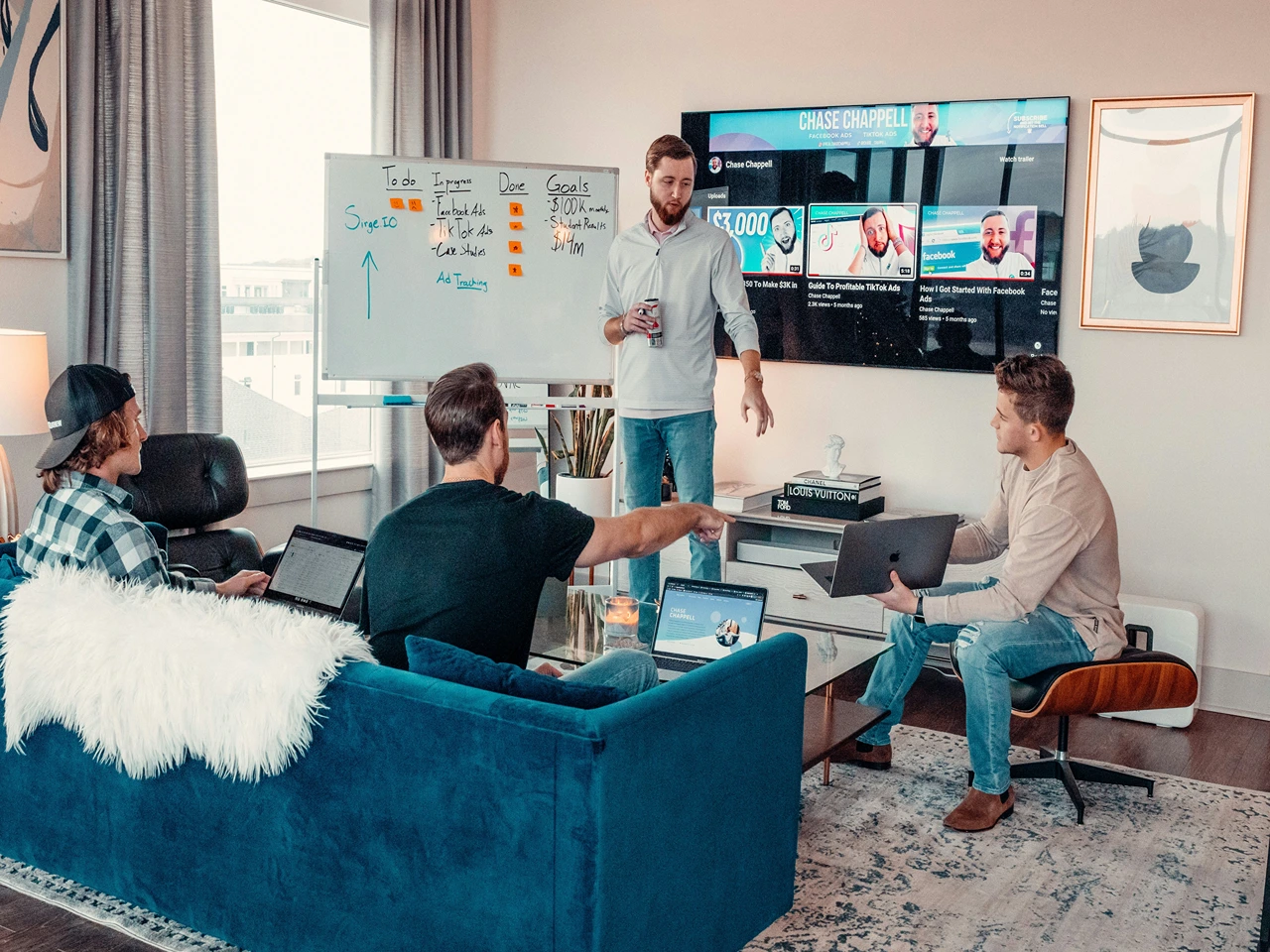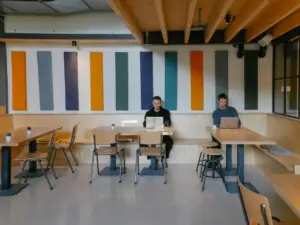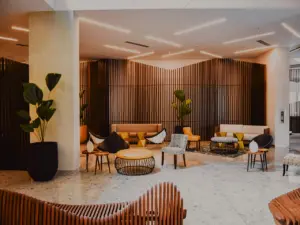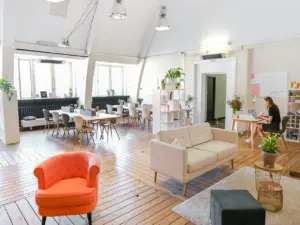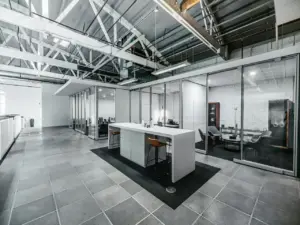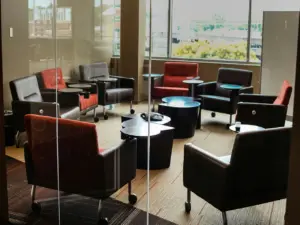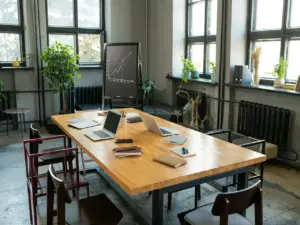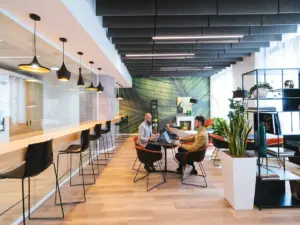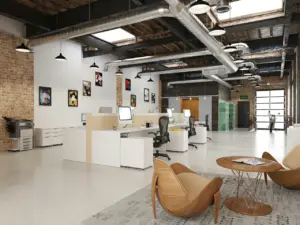Why Office Design Matters More Than Ever
Not too long ago, office spaces were filled with dull cubicles, harsh fluorescent lights, and uninspiring layouts. Fast forward to today, and office design has taken a revolutionary turn. Modern workspaces are all about boosting creativity, productivity, and employee well-being.
The right office design isn’t just about aesthetics—it’s about functionality, culture, and making sure your team feels motivated every time they step through the door. Whether you’re running a startup or a well-established company, the way your office is designed plays a major role in success. So, let’s dive into how you can transform your office into a space that fuels innovation and keeps your team happy.
The Evolution of Office Design
From Cubicles to Creativity
Gone are the days when offices were just a sea of gray dividers. Modern office design embraces open layouts, natural light, and ergonomic furniture that support both collaboration and individual focus.
Today, businesses are investing in workspaces that reflect their brand identity and make employees excited to come to work. Companies now recognize that office design isn’t just a “nice-to-have” but a key factor in attracting and retaining top talent.
The Role of Office Design in Employee Well-Being
Your team spends a significant chunk of their day in the office. If the space is uninspiring, uncomfortable, or poorly designed, productivity takes a hit. A well-thought-out office design promotes mental clarity, reduces stress, and even boosts job satisfaction. Features like adjustable desks, cozy lounge areas, and plants can create a more inviting atmosphere.
How to Transform Your Office Space
Designing for Productivity and Efficiency
A workspace should be designed with purpose. Think about how your employees work. Do they need quiet zones for deep focus? Do they collaborate frequently and require open spaces for brainstorming sessions? The best office design is one that adapts to different work styles while promoting efficiency.
Natural lighting, soundproofed meeting rooms, and well-placed furniture can make all the difference. When done right, office design can eliminate distractions, streamline workflow, and keep everyone engaged.
Balancing Collaboration and Privacy
Some tasks require teamwork, while others need undisturbed concentration. A great office design offers both—breakout areas for brainstorming and private nooks for focused work. Flexible seating arrangements, soundproof booths, and multipurpose spaces are game-changers in modern offices.
The Impact of Ergonomics
Comfort matters more than you think. Poor office design leads to back pain, eye strain, and overall discomfort, which means decreased productivity. Ergonomic chairs, height-adjustable desks, and proper lighting can keep employees healthy and happy. Investing in ergonomics isn’t just good for your team—it’s good for business.
Adding Personality to Your Office Design
A workspace should reflect your company’s culture and values. Whether it’s through branded colors, inspiring wall art, or themed meeting rooms, office design should be an extension of your company’s identity. Think about what makes your business unique and incorporate those elements into the space.
Innovative Approaches to Modern Office Design
Open Concept Workspaces
While open-plan offices have been debated, when executed correctly, they encourage communication and team bonding. The key is balance—creating zones for collaboration without sacrificing private work areas.
Biophilic Design: Bringing Nature Indoors
Plants, wooden textures, and natural light aren’t just decorative—they boost mood and productivity. Biophilic design integrates elements of nature into office design, creating a calming and refreshing environment.
Smart Office Technology
Technology is reshaping office design. Automated lighting, smart desks, and AI-powered scheduling systems are making workplaces more efficient and employee-friendly.
Multi-Use Spaces
Modern office design embraces versatility. Conference rooms double as quiet work areas, lounge spaces become informal meeting spots, and standing desks allow employees to switch between sitting and standing throughout the day. The more adaptable your office, the better.
Key Takeaways
- Office design directly impacts productivity, employee satisfaction, and company culture.
- A mix of collaboration areas and private workspaces creates a balanced and functional office.
- Ergonomic furniture, proper lighting, and natural elements improve well-being and efficiency.
- A well-branded office design reinforces company identity and attracts top talent.
- Smart technology and flexible spaces are shaping the future of office design.
Wrapping It Up: The Future of Office Design
Your office is more than just a place to work—it’s where ideas spark, collaborations happen, and businesses grow. Investing in the right office design isn’t just about making your space look good; it’s about creating an environment where your team can thrive.
If your workspace needs a refresh, now is the time to rethink your office design. Whether you’re embracing open-concept layouts, incorporating ergonomic furniture, or adding biophilic elements, every detail contributes to a more productive and inspiring workspace.
The future of work is evolving, and so should your office. So, take a step back, analyze your space, and start making changes today. Your team—and your business—will thank you for it!
Frequently Asked Questions (FAQ):
What are the must-have features in modern office design?
A combination of ergonomic furniture, ample natural lighting, collaborative spaces, and private areas for focused work creates a well-rounded office environment.
How does office design affect productivity?
A well-designed office eliminates distractions, encourages engagement, and provides employees with the right tools and spaces to work efficiently, ultimately boosting productivity.
What’s the best way to start redesigning an office?
Begin by assessing employee needs. Get feedback on what works and what doesn’t, then plan an office design that aligns with your company’s culture, work habits, and future growth.
